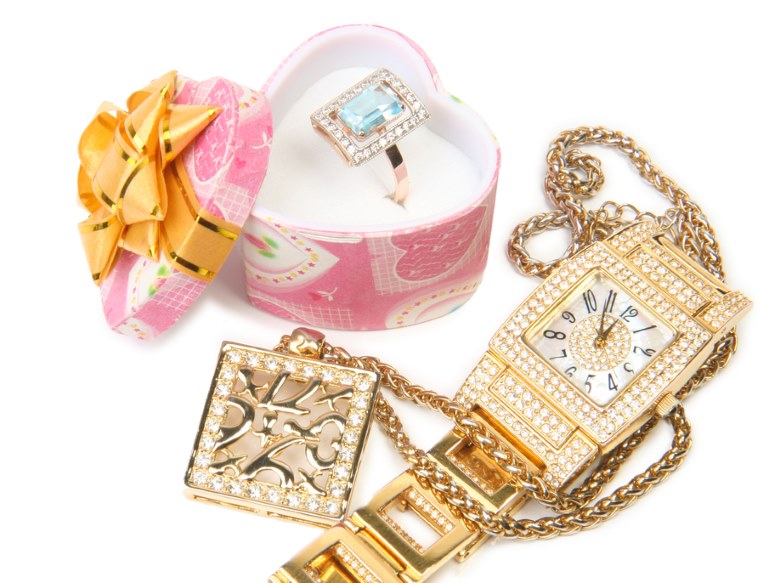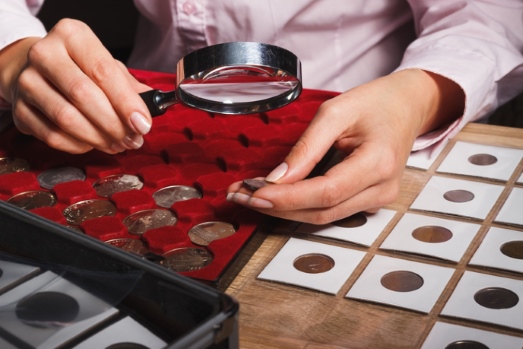What Makes a Precious Metals Item an Investment?

The same qualities that have historically made gold, silver and platinum a medium of trade also make them popular mediums for the jeweler. In some cultures, currency and jewelry are close to interchangeable. Universally, there is strong appeal in wealth that is both wearable and decorative. Not only can the wearer enjoy displaying the beauty of their gold and silver, but keeping valuable items close in times of need or travel is a major benefit.
But what makes an item fashioned from precious metals a true investment versus just a fashion accessory? Here are some factors consumers should be aware of if investment value is also a goal of a jewelry purchase:
Jewelry as Investment
1. Weight
A simple way to determine if the value of an item is generally more in metal or craftsmanship is to weigh the item. That weight should be compared to the spot price of the metal it is crafted from. However, part of that weight could be gems or other base metal additives or parts, so these should be taken into account, and purity should be known.
2. Purity
The purest gold and silver are also quite soft, so jewelers often combine precious metals with other base metals like copper or nickel to increase durability for normal wear and tear. Of course, as this durability is increased, purity is decreased and the value from metal content goes down. Gold purity is based on a 24 karat scale, with 24 karat being the most pure. In other words, 14 karat gold is 10 parts other metal, so it is only 58.3% pure. 22 karat gold is 91.6% pure, which is a good balance for investors between purity and durability. Silver purity is measured in percentages with .925 indicating 92.5% purity, or sterling silver. Fine silver bullion is 99.9% pure and ultrafine is 99.99% pure.
3. Actual gold content
A “gold plated” or “gold clad” item is likely to have very little gold content at all. It is possible to electroplate or foil or clad something in micro-thin sheets of gold such that actual gold content is practically nil. Normal decorative plating can be up to 300 times thinner than a sheet of paper! Consumers should be aware of this sort of terminology and understand what they are (not) getting when they purchase “gold-plated” items.
4. Subjectivity in valuation
Owners of jewelry should know that from a liquidity standpoint, the valuation of jewelry can be highly subjective. A substantial premium can be paid upfront for the craftsmanship and design of jewelry that may be a total sunk cost if sold strictly for melt value. Melt value is usually the fastest, most convenient way to liquidate gold jewelry. Finding a buyer with similar taste for the aesthetic design of a jewelry item that is willing to pay the same artisanal premium usually takes more time and effort, unless it is of a known and coveted designer, like Cartier or Tiffany. This detracts from the liquidity of jewelry as an investment vehicle.
Bullion Investments
Most precious metals investors allocate a greater portion of their portfolio towards bullion products than jewelry because of a few key advantages.
1) Value over time
The highest quality precious metals items ideally hold their value or increase in value over time. They typically have easy liquidity and you should be able to sell them at a price closely related to market rate or spot price, with very little subjectivity coming into play. Any high quality investment should give you a decent return when it is time to sell and precious metals are no different.
2) Government produced and guaranteed
Bullion coins generally come from official government mints from various countries around the world and carry that government’s explicit guarantee on metal content and purity.
3) Mass produced and universally accepted
Bullion coins are minted specifically with investment in mind. They are uniform, recognized and accepted all over the world and have excellent liquidity that is objective, not subjective.
4) Liquid and exchangeable
Bullion products are fungible, meaning they are easily exchangeable for other coins or combinations of comparable coins or even goods or services if necessary in situations where currency is no longer functional.
5) Melt value and metal content closely tied
Bullion products can be melted down without destroying their value. The metal can be reused and refashioned into whatever is deemed needed or more desirable at the time. The same cannot be said for jewelry items, for which melting destroys the artisanal value entirely.
Precious metals have been treasured for centuries for their beauty, luster, brilliance and purity – and investment value. Any investment, whether emotional, financial or somewhere in between, is best made fully informed.
More Information
-

Bullion & Premium Coins: Learn the Differences
Coins fall into three main categories: bullion, Premium, and Limited Minted... -

4 Factors That Determine the Price of Gold
Predicting the short term direction of gold may be challenging, but there are a handful of drivers that are affecting the price of gold...